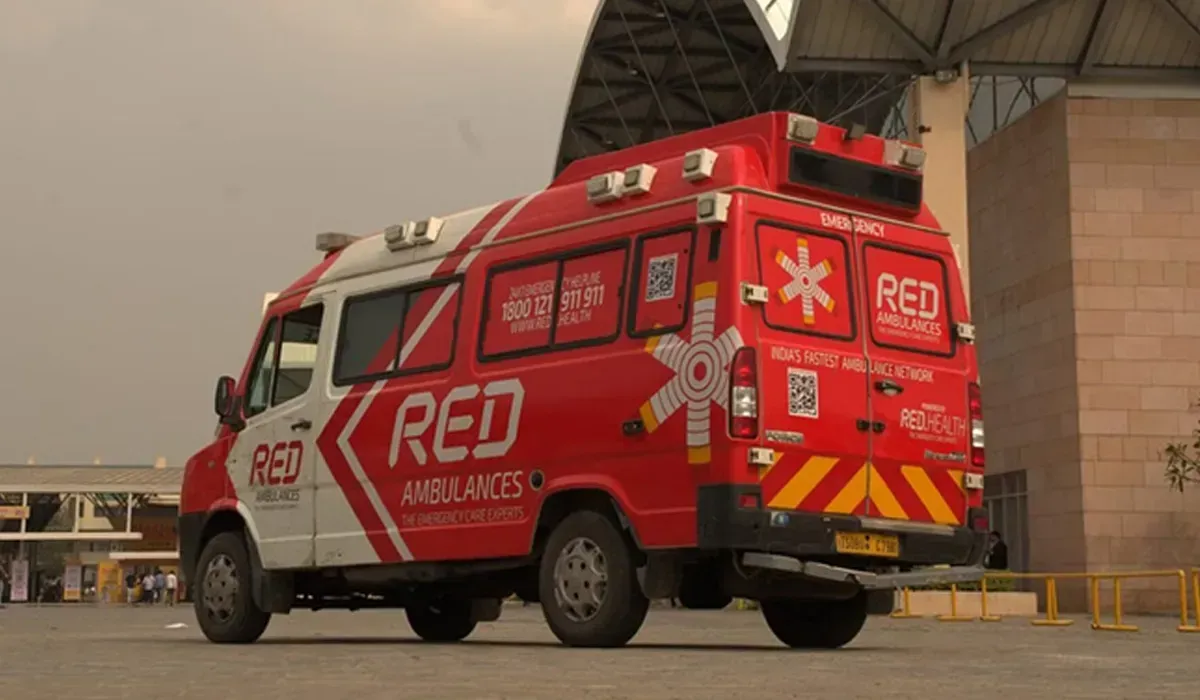
India’s emergency medical transport framework includes multiple services, each with a defined objective and coverage area. Among these, the 102 and 108 ambulance services are the most recognized. However, they are not interchangeable.
The 108 ambulance service is intended for emergency situations that demand urgent medical attention, such as accidents, cardiac incidents, or trauma cases. It functions as a rapid response unit, accessible to the public round-the-clock.
In contrast, the 102 service supports maternal and child health initiatives. It facilitates free, pre-scheduled transportation for pregnant women, newborns, and infants, typically as part of government-funded healthcare programs.
Read this blog to explore the operational differences between 102 and 108 ambulances, their target users, how they’re deployed, and what to consider when choosing emergency transport in urgent scenarios.
The 108 ambulance network operates as an emergency response service catering to a broad category of life-threatening medical events. It was launched as a public-private partnership model and is managed by state governments in collaboration with third-party health service operators. The primary goal of this service is to ensure that emergency medical transportation is accessible to every citizen, regardless of geography or financial status.
Functionally, 108 ambulances are activated through a toll-free call to the number 108, which triggers a state-wide dispatch mechanism managed via central command and control centers. These units are placed strategically to reduce response times, especially in districts where trauma care is limited. Most 108 ambulances are equipped to handle high-acuity emergencies and can deliver Basic or Advanced Life Support (BLS/ALS), depending on the vehicle type.
RED Health Enterprise solution also supports the evolving emergency ecosystem by complementing state infrastructure with faster dispatch times, integrated digital platforms, and trained response teams for urban and semi-urban populations.
The 108 service is built to handle diverse medical urgencies ranging from road traffic collisions to stroke, cardiac arrest, and other trauma events. Several operational features make this service both scalable and reliable across Indian states. However, these features are not uniformly provided as you go from a developed state to underdeveloped one, unfortunately so.
These features have helped standardize public access to emergency transport across both urban and rural India. As a citizen, dialing 108 connects you with a team that can stabilize the situation and begin pre-hospital care during transit.
To contact emergency medical help via 108, you only need a working mobile phone signal; no prior registration or payment is required. However, for faster response times or more specialized care, some users now consider enhanced service providers offering direct access to emergency consultants and real-time ETA tracking.
Unlike the 108 system, which addresses a wide range of emergencies, the 102 ambulance service is tailored to support maternal and child healthcare logistics. Initiated under the National Health Mission, this fleet serves as a transport backbone for programs like Janani Suraksha Yojana (JSY) and Janani Shishu Suraksha Karyakram (JSSK).
The service operates on a scheduled, non-emergency basis and focuses on timely pick-up and drop-off for pregnant women, postnatal mothers, and infants. It’s particularly significant in rural areas where institutional delivery infrastructure is sparse and dependent on timely mobilization.
Vehicles under the 102 network are generally designed to meet Basic Life Support (BLS) standards. This means essential equipment such as stretchers, oxygen support, and sanitation kits are available, but advanced interventions are not included. The primary emphasis is on safe and hygienic transport rather than acute care.
Additionally, unlike the general public-facing 108 system, the 102 service is usually coordinated with Accredited Social Health Activists (ASHAs) or local health centers that pre-book transport slots. This planning model improves maternal health indices by ensuring high-risk deliveries are brought under medical supervision.
To understand how 102 fits into the national emergency transport framework, it’s essential to look at its structural benefits:
These vehicles fill a vital gap in maternal healthcare logistics by reducing delays in accessing institutional births and minimizing maternal mortality ratios, particularly in under-resourced districts.
Deciding between 102 and 108 comes down to urgency and patient type. Each service is designed with specific workflows and operational strengths, and using the correct channel can prevent delays.
Call 108 when:
Call 102 when:
Both services are toll-free and government-supported, but they are operated via different dispatch protocols.
In critical emergencies involving multiple patients or remote locations, hybrid transport might be necessary. In such cases, private emergency networks or specialized units like Air, Road & Train Ambulance Services can provide faster escalation support. These are typically activated by hospitals or through premium emergency services like RED Health.
While public ambulance services serve millions each year, gaps still exist in terms of speed, equipment standardization, and end-to-end medical coordination. This is where RED Health establishes its operational advantage.
In several use cases, RED Health functions as a continuity layer between public ambulance dispatch and hospital admission workflows, which helps prevent care delays and improves medical outcomes in critical minutes.
For anyone navigating India’s emergency medical response system, distinguishing between 102 vs 108 ambulance is not just about knowing the numbers. It’s about understanding patient profiles, response priorities, and service logistics. The difference between 102 and 108 ambulance services lies in their respective mandates; while 108 is prepared for general emergencies requiring immediate stabilization, 102 is structured around maternal and infant care needs.
To explore a unified, reliable, and professional care experience during emergencies, consider the RED Health Enterprise solution as a strategic partner in your institutional or personal health planning.